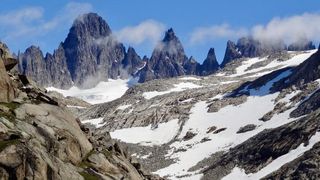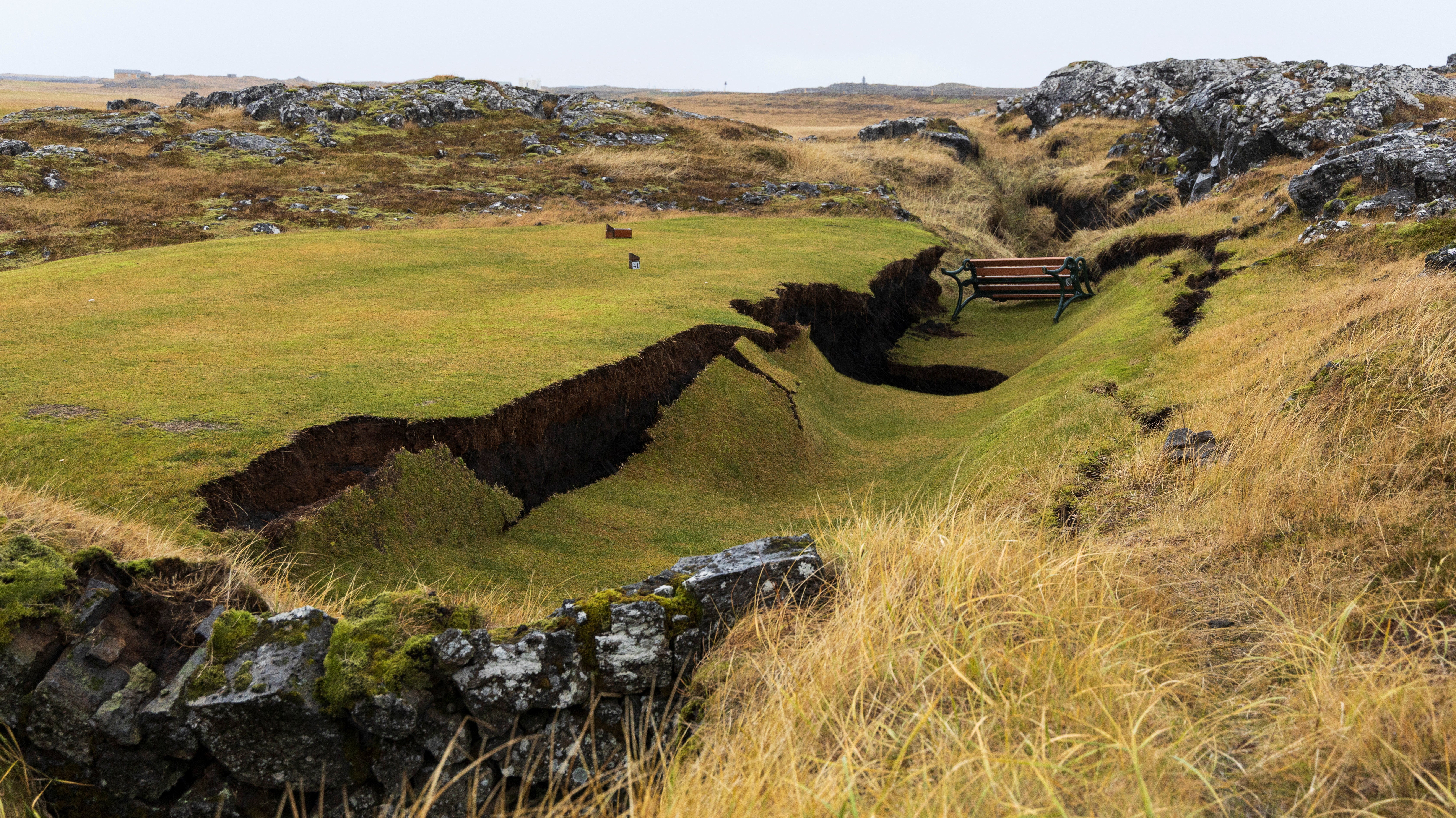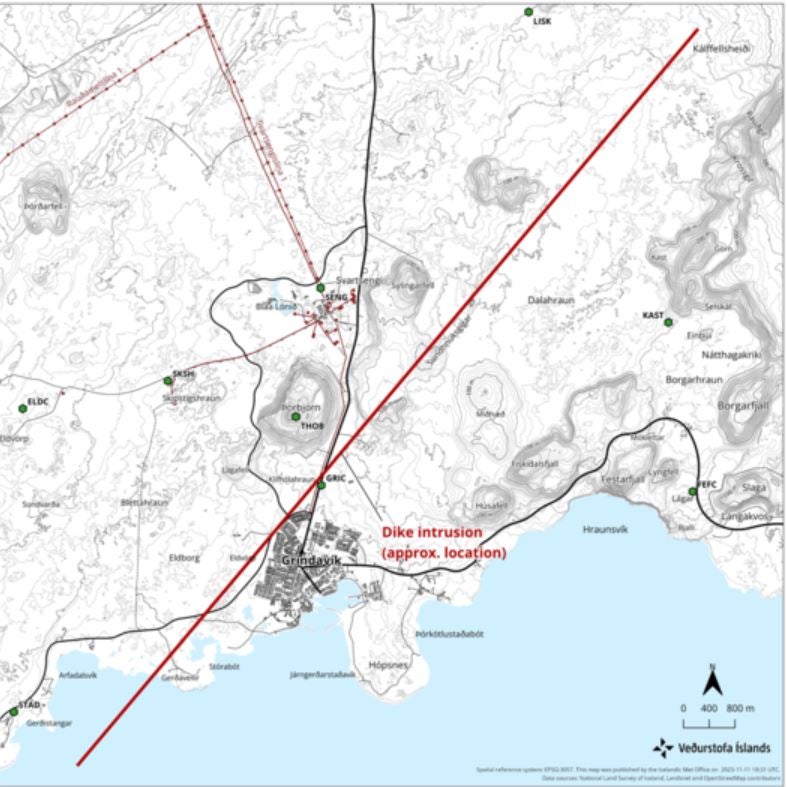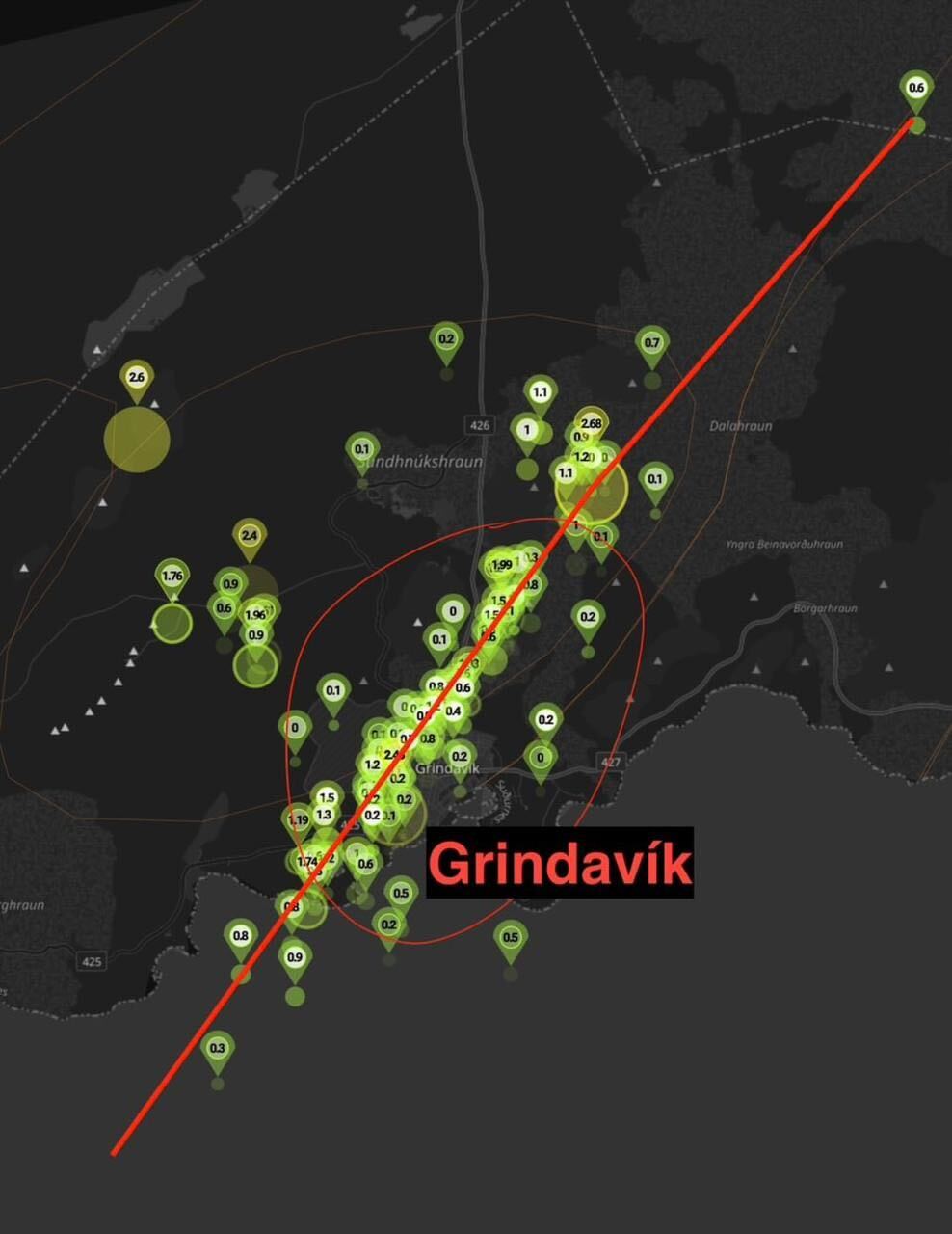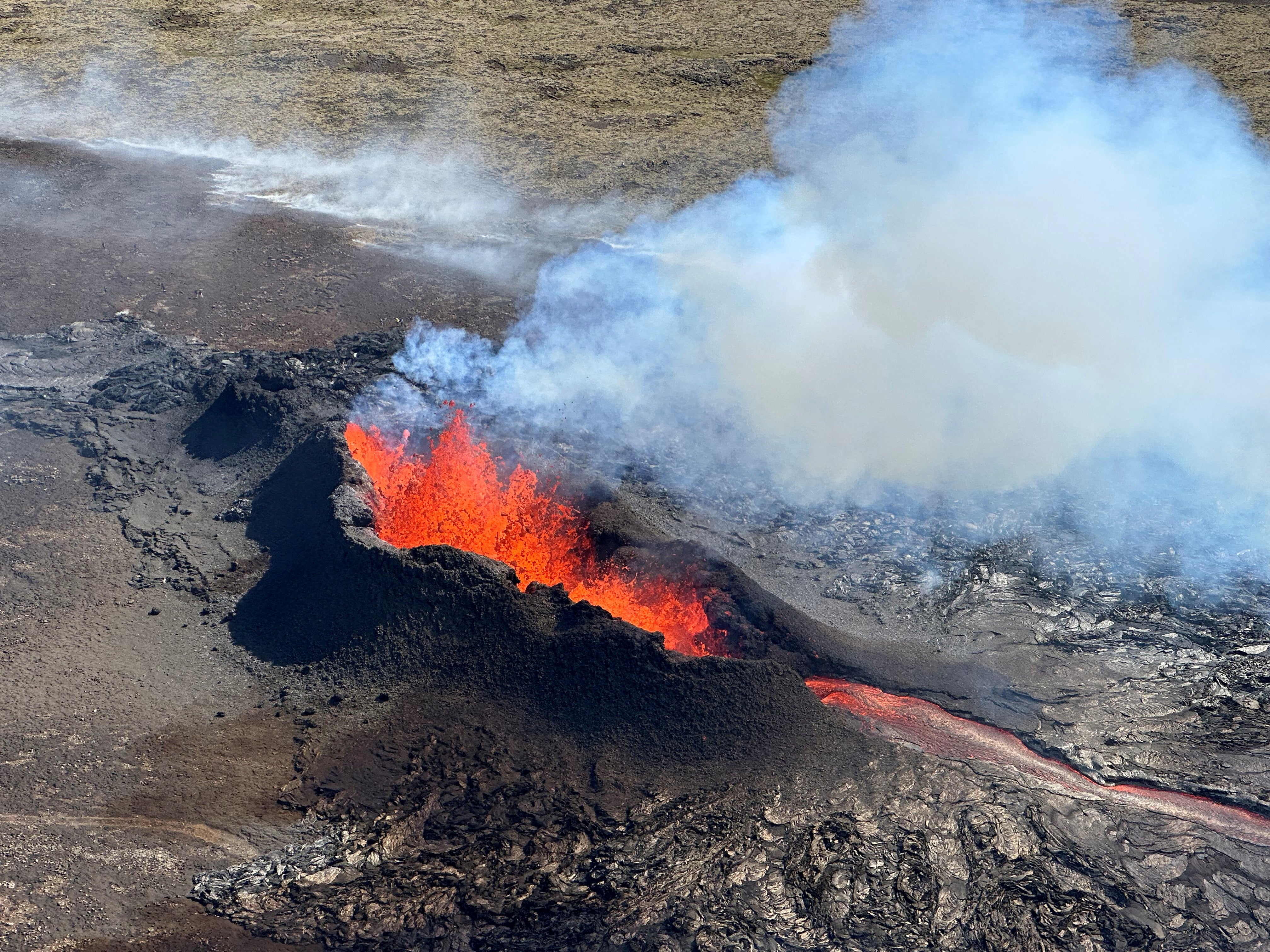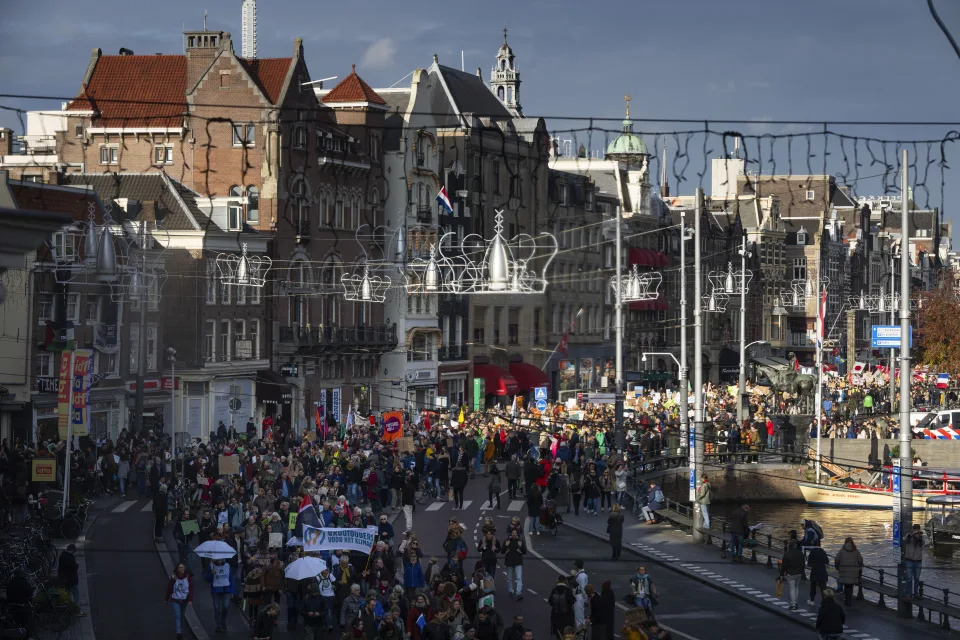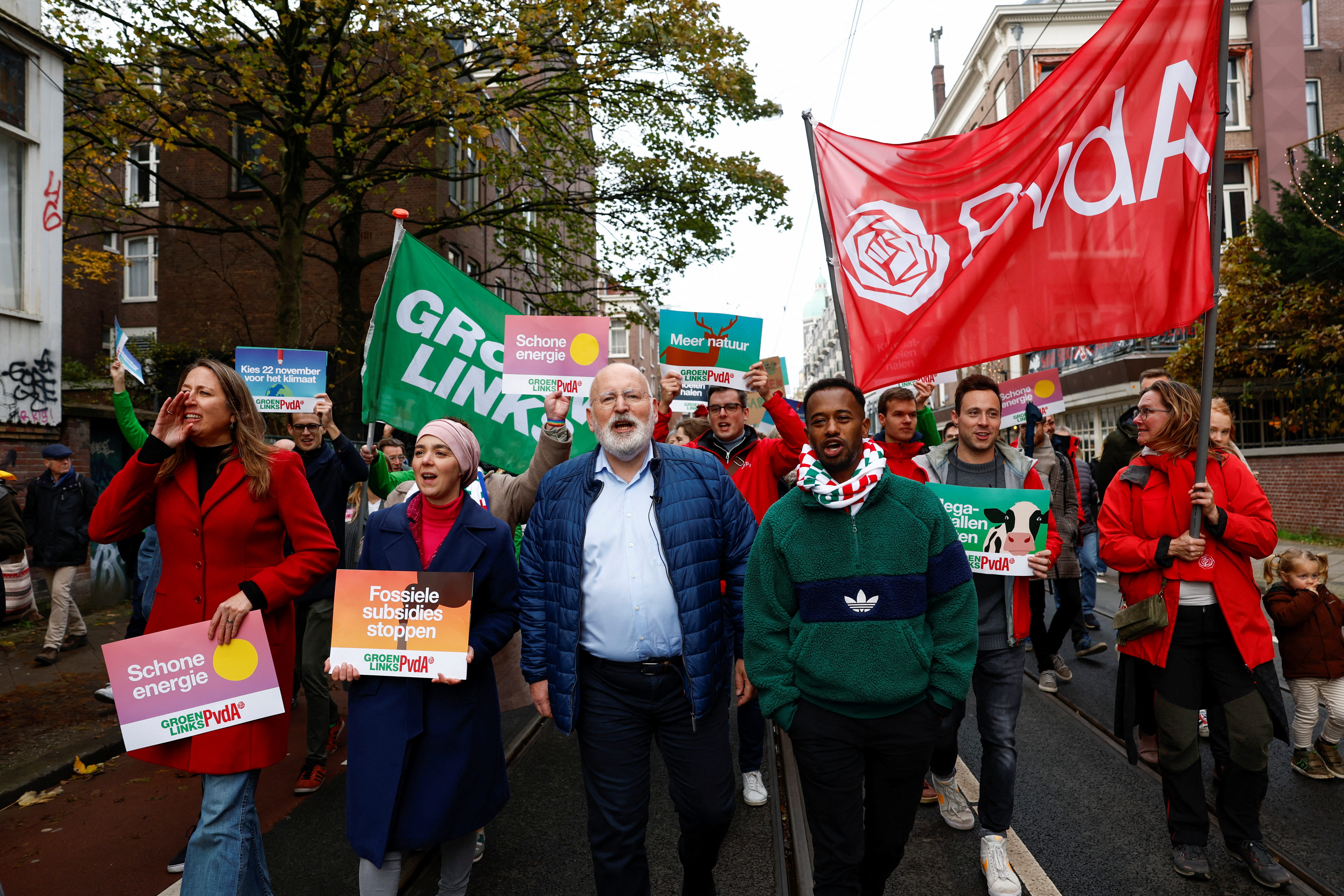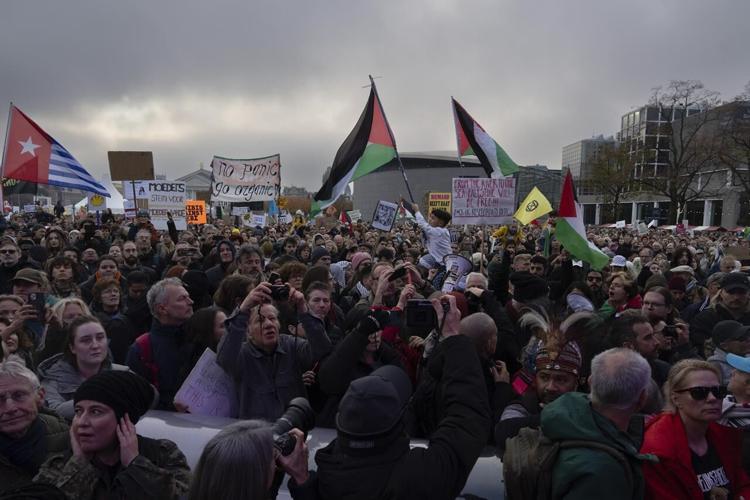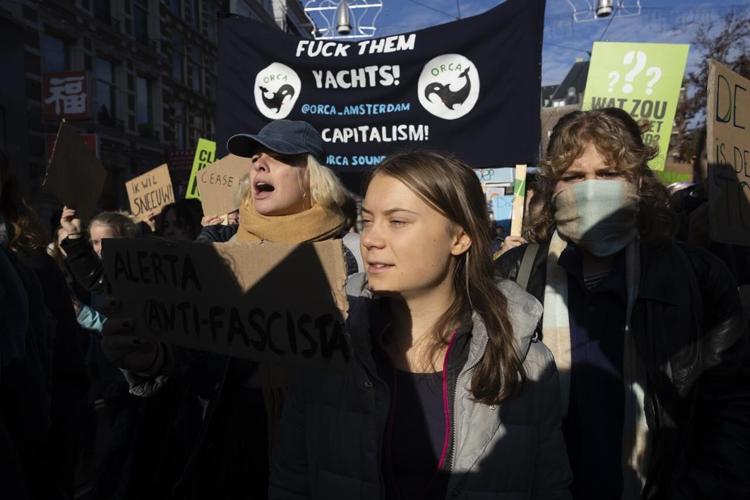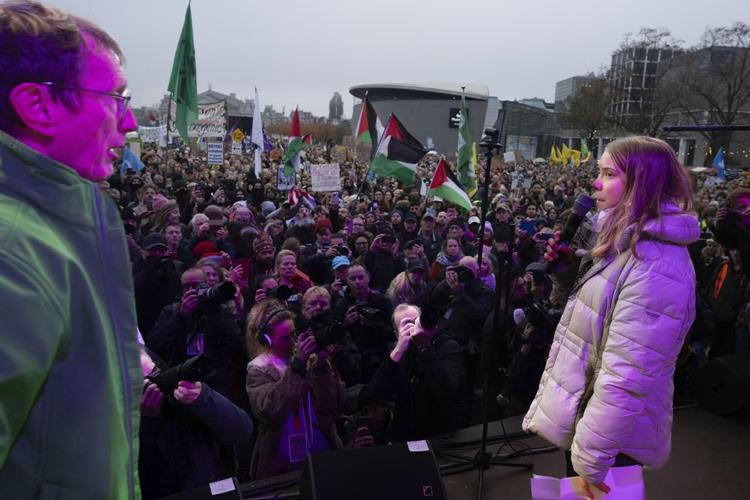The UAW Won Big: What Does It Mean for the U.S. Labor Movement?
The UAW strike was not just a victory for auto workers. It was a victory for the entire working class.
James Dennis Hoff
On October 25, after 41 days on the picket lines, the United Auto Workers (UAW) secured a first tentative contract agreement with Ford. Within just four days, GM and Stellantis had followed suit — agreeing to almost identical wage increases, bonuses, and benefit packages — effectively ending what had been one of the most important, dynamic, and high-profile auto strikes in decades.
Though UAW members are still debating and voting on the tentative agreements, and though they did not win everything they aimed to (in fact, as the recent no vote at the Flint Michigan plant shows, they probably could have won more if the rank and file had been in the lead), this is nonetheless a victory for the auto workers. The gains in these proposed contracts are substantial, and represent a significant restoration of the concessions on wages and benefits made to the Big Three over the last 15 years. Not only did the union manage to secure wage increases of 25 percent across the life of the contract, with 11 percent in the first year and a $5,000 signing bonus; they also took significant steps toward the elimination of wage tiers at all three automakers and managed to win back cost of living adjustments that will protect those wages against inflation going forward.
In addition to winning these bread and butter issues, the union was able to use the strike to force all three auto companies to make big investments in new manufacturing and to secure pathways toward unionizing electric vehicle (EV) and battery plants that will help protect jobs and wages as the industry transitions to EV production. This includes reopening the Belvidere Assembly Plant in Illinois, and bringing the Ultium Cell battery plant in Warren, Ohio under the master agreement, a move that will bring about 1,000 additional workers into the union. Of all the gains won in this contract, however, the most important might be including the right to strike over plant closures in the contract, a major victory against potential layoffs that keeps the strike option on the table going forward.
But the UAW strike is not just a victory for auto workers; it is a victory for the entire working class, which has been watching with rapt attention and taking notes. The gains won in these agreements, made possible by the more than 50,000 UAW members who eventually went out on strike and all the others who supported them, are a demonstration of the power that working people can wield when they organize and stand together in solidarity. This has in turn been an inspiration to workers everywhere, many of whom came out to the picket lines to stand with the UAW, adding substantial heat to the still smoldering new labor movement taking shape in the United States.
Learning the lessons of this strike and helping to build the power and militancy of our unions, and of the new labor movement more broadly, is an important task for both unionized and non-unionized workers to take up, particularly in this moment of increasing political, economic, and ecological crisis. As police continue to kill with impunity, as trans people and women continue to be stripped of their democratic rights, as the U.S. wastes hundreds of billions of tax dollars and countless lives to enforce its power abroad, and as U.S.-funded bombs continue to fall on Gaza, it is imperative that we build unions capable of taking a stand against oppression and imperialism as well as exploitation.
A Historic Strike for the Whole Class
The UAW strike is without a doubt one of the most important labor actions in the United States in decades. But the strike was not built in a vacuum, and would not have been possible were it not for the massive shift in working class consciousness and labor struggle that has taken place over the last several years. From the wave of teacher strikes that began in 2018, to the 2020 uprising against police violence, to the explosion of new labor organizing that followed the pandemic, and the massive strikes of 2023 (which included almost 200,000 actors and writers), the U.S. working class has been slowly rebuilding the militancy it lost against the reactionary neoliberal offensive of the last four decades. It was this new combativeness and spirit of rising class consciousness that paved the way for the UAW strike, which has in turn helped to catalyze the already growing power of the new labor movement. This was made clear early on in the strike, when the more than 12,000 UAW workers that initially walked off the job at Ford, Stellantis, and GM, were joined by thousands of eager supporters, and inundated with solidarity from labor unions, unionists, and working people everywhere, whose actions stated clearly that your struggle is our struggle. Indeed, not long after the strike began, polls showed that a massive 78 percent of people in the U.S. said they supported the UAW against the Big Three, a far greater number than support either Trump or Biden.
The UAW and their allies then committed to a weeks-long battle that eventually grew to include one out of every three auto workers in the union. Even while other members continued to work and earn their regular wages, these workers heeded the call and bravely sacrificed their own livelihoods to take to the picket lines in defense of their union siblings. They showed up in cold and rain, they marched in front of gates, blocking trucks and delivery vehicles, and used hard pickets to confront the strikebreaking managers and the scabs that attempted to replace them. By defying anti-union laws that prohibit strikers from blocking the entrances of workplaces, the pickets became a school of war where workers came face to face with not only the power of the boss, but of the state as well. And it was precisely this spirit of militancy and dedication to fighting one day longer that allowed the UAW to force first Biden and then Trump, and then the entire industry to recognize that this time was different. The organizing efforts of the workers at the GM plant in Flint Michigan who just voted down the proposed contract because it failed to provide pensions to those hired after 2007, is also a demonstration of the militancy of the UAW rank and file and their willingness to continue to fight.
Although the militancy and power of the rank and file and the combative rhetoric of the UAW’s new leader, Shawn Fain gave the impression that this was an offensive strike, these agreements were really about winning back what had been lost in prior contracts. Going into this strike, the UAW had been on the backfoot for almost two decades. After the 2008 economic crisis, when automakers barely managed to stay alive thanks to government bailouts, the UAW leadership agreed to a series of major concessions in the misguided belief that what was good for the company was good for the workers. This business union approach had been the dominant organizing principle of the UAW until Fain’s rise to power in early 2023, and had led to decades of declining militancy and power. Unsurprisingly, the Big Three used this opportunity, and the billions it received from the federal government, to amass record profits, none of which it gave back to the workers. When the union finally went on strike in 2019, it did so following the old model of seeking to create a pattern by striking at just one company. This was largely a failure that led not only to sub-par wage increases that did almost nothing to undo the damage from the previous 11 years, but was followed by plant closures and mass layoffs that left a lasting scar in the memory of the membership.
In order to win back those concessions, and address those layoffs, the new leadership of the UAW knew that it had to do more than just mobilize for another strike. It had to make ambitious demands that would fire up and inspire the membership, it had to hit all three automakers at the same time, and, most importantly, it needed to build the solidarity of the entire class; and that is what they did. By aggressively putting forward a bold and unprecedented set of demands accompanied by a rhetoric of class struggle and solidarity, the UAW was able to build a strike that caught the attention of working people across the country, who quickly saw the fight as their own. Through a regular and concerted denouncement of the super rich, including the CEOs and executives of the Big Three, Fain and the UAW were able to call attention to the ways in which the assaults on the living standards and well being of auto workers were part of a larger assault on working people everywhere, and to reaffirm what every union advocate knows: that gains for union members help raise the standard of living for all workers. Indeed, just days after the Ford proposal, Toyota and Honda spontaneously increased wages for their production crews by 9 and 11 percent respectively in order to stave off possible organizing attempts by the UAW and to compete with the Big Three in what remains a tight labor market.
In one speech after another, Fain used the media attention around the strike to speak, not only to his membership, but to the whole class, about inequality, about exploitation, about the dignity of labor, and about the power of solidarity and the strike weapon. Using regularly scheduled Facebook events with live audiences upward of 60,000 people, he talked about the ways that corporations privatize profits and socialize losses; the importance of solidarity between workers across unions and between union and nonunion workers, both domestically and internationally, and he stressed over and over that it is working people that make the economy run. At a rally in Belvidere, Illinois on November 9, Fain drove this point home yet again when he told the audience of UAW members who would be returning to their jobs there: “the workers run this economy, and we the workers have the power to shut this economy down if it doesn’t work for the working class.” These displays of class anger and solidarity are directly at odds with the politics of business unionism and U.S. labor chauvinism, which regards foreign workers, and sometimes even workers at other corporations, as competition. In fact Fain directly said that unionized workers at other auto companies should be viewed not as competitors, but as future UAW members, undermining the bosses’ attempts to divide workers. He also regularly brought up the struggles of hyper-exploited Mexican auto workers, saying clearly that the only way to stop the bosses from using the threat of plant closures and offshoring was to unite the entire international working class together rather than in competition with each other.
But this wasn’t merely a strategy to win a good contract or to claw back some concessions from the Big Three. In many ways this strike was the first battle in what could be the beginning of a revitalized and fighting UAW. Fain and the new leadership of the union seem legitimately dedicated to using the momentum of this strike to help continue to grow the UAW as well as grow and empower the burgeoning new labor movement. The union has made it clear that they plan to aggressively organize at other auto companies like Toyota, Hyundai, and Tesla, and already workers at Tesla’s Fremont, California plant have formed an organizing committee with the UAW. In a move that would have seemed impossible even just four years ago, they also set the expiration date of all three contracts for April 30, so that any future strikes would happen on May Day, and then urged every other union in the country to do the same so that they might strike together. Such a move, if realized, would challenge and largely undermine the Taft Hartley Act’s prohibition of solidarity strikes, significantly increasing the political power of unions.
Building a Real Class Struggle Labor Movement Requires Self-Organization
This strike and the significant gains that were won clearly represent a shift away from the failed business union strategy of previous UAW leaders. However, turning around a vessel as massive as the UAW, with its almost 400,000 members is not an easy task and cannot be done from the top down. Despite Fain’s big ambitions, his class struggle rhetoric, and his admiration for the combative former UAW president Walter Reuther, the union remains controlled and limited by a bureaucratic leadership that continues to hamper the self-organization of its members and remains tied to the imperialist Democratic Party. Much of Fain’s criticisms of the “billionaire class,” for instance, echo the rhetoric of Senator Bernie Sanders’ 2020 primary campaign, and his increasingly cozy ties with President Biden and other Democratic Party politicians show the contradictions inherent in the top-down bureaucratic model of unionism. This relationship with the Democratic Party — which recently culminated in Fain’s unofficial endorsement of Biden — represents an existential danger for the UAW and the union movement. The Democratic Party, after all, is the tool which the state uses to tie union leaderships closer to the state to prevent them from exercising their full power. Just in this strike, we saw how Biden attempted to use his “support” of the strike to push for a quick settlement and to revitalize his image as a progressive who cares about the concerns of the working class.
These contradictions were on full display throughout the strike campaign. As a tactic, the stand up strike was an innovative method of disruption that kept the bosses guessing at each turn and often played them against each other. Announcing new walkouts each week also allowed the union to keep the media’s attention and the strike on the front pages. However, this strategy also limited the number of UAW members who were able to participate in the strike. Many of the most important sites of production, including most engine, axel, and transmission plants remained up and running, allowing companies like GM to continue the majority of its production uninterrupted. This not only meant that the full power of the strike was never employed (one reason why the union did not win more of its demands, including the full restoration of pensions at GM), but, since the strike was largely contained and controlled from above, it also meant that many workers were left out of the struggle and the decision-making process. Indeed, auto workers not only did not decide when and whether to begin the strike, but even the decision to go back to work while the TAs were debated, was unilaterally made in advance without any discussion among or input from the rank and file.
Winning good contracts is important and unions need strong leaders, but the self organization of the labor movement and the rank and file is key to building the power needed to really challenge the bosses and the tyranny of capital — that is the ways in which decisions about production are made by a small minority for the purposes of profit, not need. If we want to do that we have to insist that strikes like these be led from below by strike committees in each workplace, where decisions about where and when and how to strike are openly debated and discussed and that the negotiations be public and open to all members throughout the bargaining process. As Luigi Morris and I explained last year:
To build truly democratic unions, we must empower the rank-and-file members as much as possible, for that is where the power of any union lies. This means creating open, democratic assemblies for regular discussion, debate, and decision-making among all members of the workplace. It means open and transparent bargaining and the direct election of shop stewards and bargaining committee members, subject to immediate recall by a majority of the shop or the union. And it means the direct election of local and national union leaders from within the workplace who are committed to the interests of the working class, subject to immediate recall, and who earn no more than the annual wage of the average worker.
This also, importantly, has to include the right of every worker, not only the leadership and the bargaining teams, to decide when to call off the strike and when to return to work. Fain claimed that the return to work at Ford was a tactical decision, meant to put pressure on the other auto companies who had not yet settled, and while this may be true, this has nonetheless weakened the union’s position to keep fighting for more and should have been decided by the workers as a whole.
The UAW Must Take a Stand against Oppression and Imperialism
Perhaps the greatest contradiction of the UAW and the U.S. labor movement more generally is its ongoing silence on state oppression, and its support — and sometimes complicity — with U.S. imperialism. With some exceptions, such as Starbucks workers’ defense of trans rights and the ILWU’s ongoing active defense of Palestinian liberation, most unions have tended to focus almost exclusively on so-called bread-and-butter struggles over wages, benefits, and working conditions, avoiding confrontations with the state over questions of politics. When labor unions do intervene in politics, it’s usually to win legislation directly related to workers rights or in the form of mere resolutions. This timidity is in part a product of the historic cooptation of labor unions by the state and the Democratic Party, which have offered legality and limited protections in exchange for labor peace and ideological conformity. The result is that the labor movement has shrunk considerably, and what remains has grown increasingly bureaucratized and politically weakened. No longer willing to represent the political interests of all working people, labor unions have, for more than half a century, retreated from a strategy of class struggle toward one of class conciliation and reconciliation.
This project of reconciling labor to the interests of the state has produced and continues to be reinforced by an ideological perspective which views the interests of labor unions, and of U.S. labor in particular, as tied to the fortunes of the state and separate from broader issues of oppression and exploitation at home and abroad. When otherwise progressive leaders like Fain (who criticize the “billionaire class”) stand proudly on stages adorned in the stars and stripes, proudly talk about how the UAW helped build weapons for the “arsenal of democracy,” or record happy selfie videos with the U.S. president, they provide cover for state repression of broader working-class struggles and drive a wedge between working people at home and those who are on the receiving end of U.S. imperialist violence.
This is perhaps best exemplified by the national UAW’s ongoing silence on Israel’s expanding occupation of Palestinian territories and its genocidal massacre of more than 11,000 civilians in Gaza, which was accomplished with weapons provided by the United States and its allies. The argument that taking sides on such events or using the power of labor to confront the perpetrators of such atrocities is somehow outside the realm of labor unions only further divides the working class where it is most powerful: in the workplaces where it is already well-organized and where it has the potential to cause massive disruption in the service of justice.
In this period of crises and wars that threaten the well-being and livelihoods of working people across the world, it is more important than ever that unions break free from both the ideological and structural chains of the Democratic Party and the state and learn again to use the power of labor to wage political struggles for the whole class. The significant victories won by the UAW strike and the increasingly emboldened labor movement it has helped empower show that the conditions are overripe to build an independent, working-class alternative to the Democratic Party. We cannot wait, however, for a savior to do this for us. We must build this ourselves through struggle and self-organization.

James Dennis Hoff f is a writer, educator, labor activist, and member of the Left Voice editorial board. He teaches at The City University of New York.

